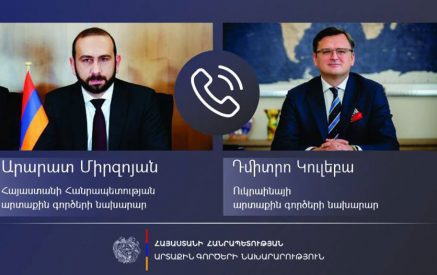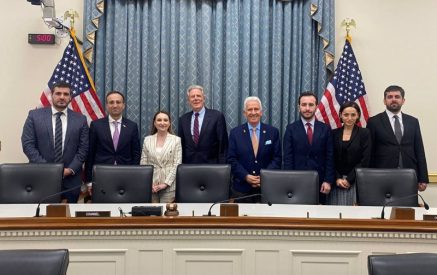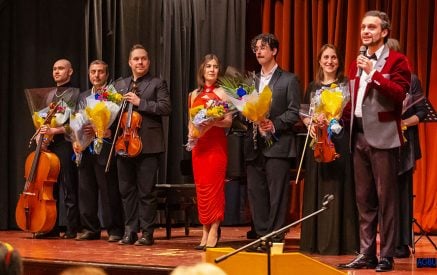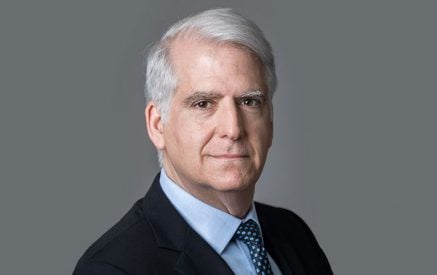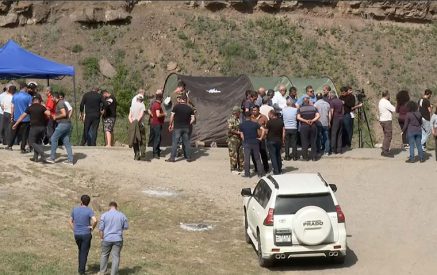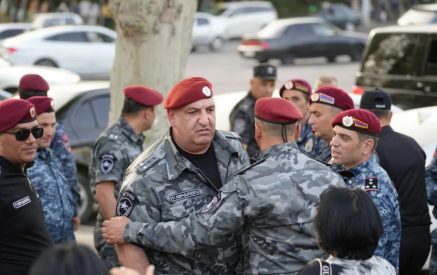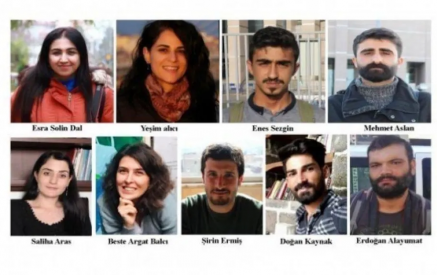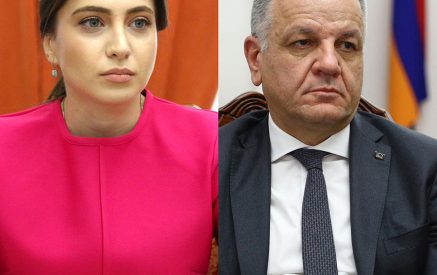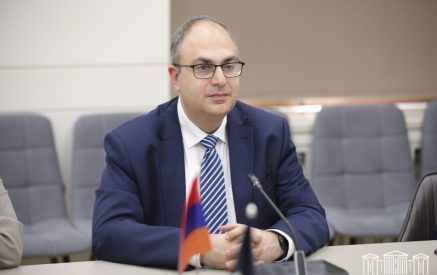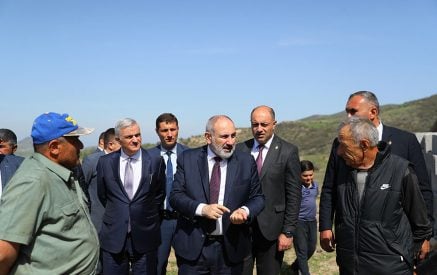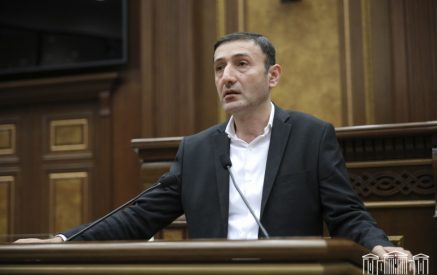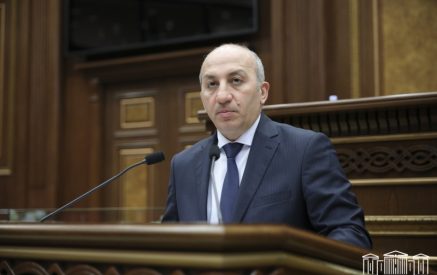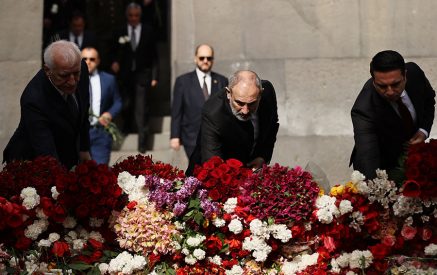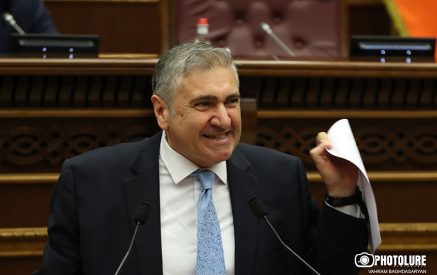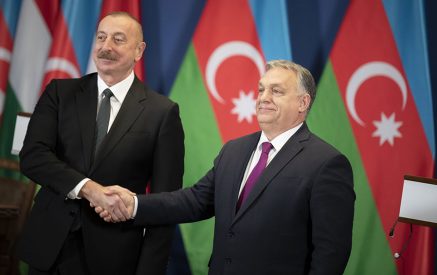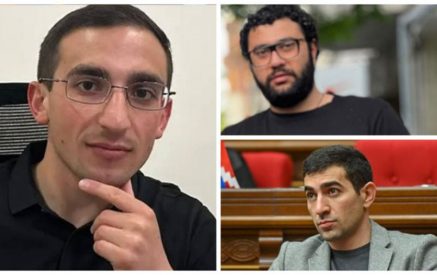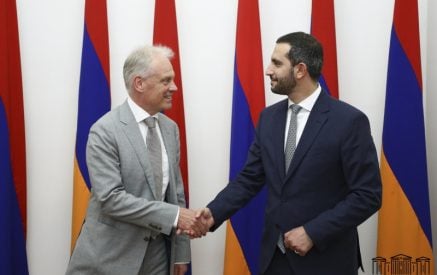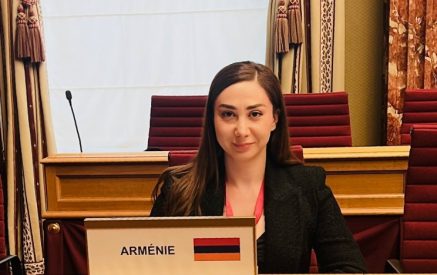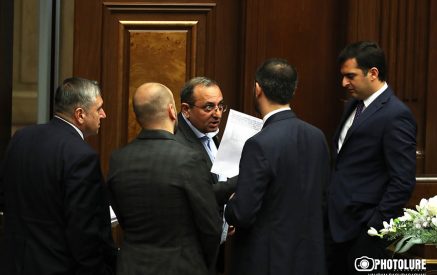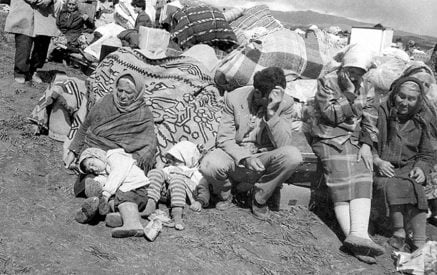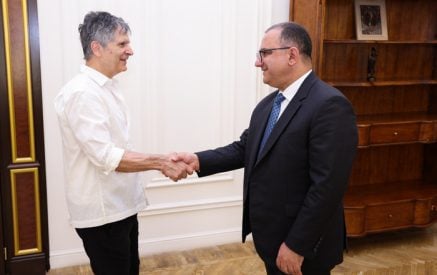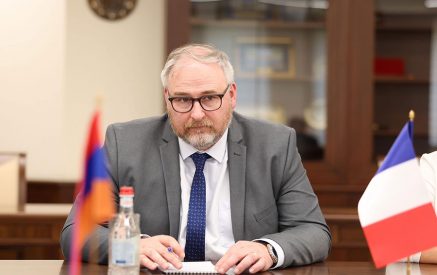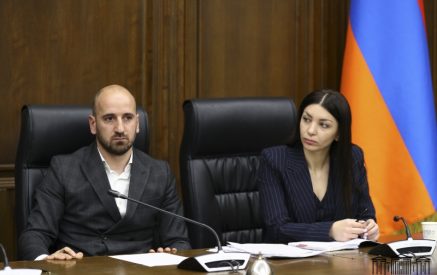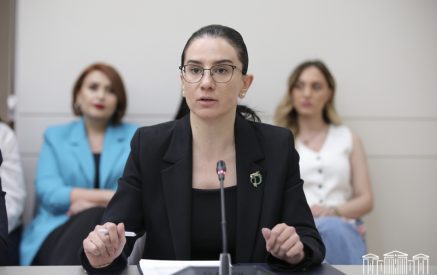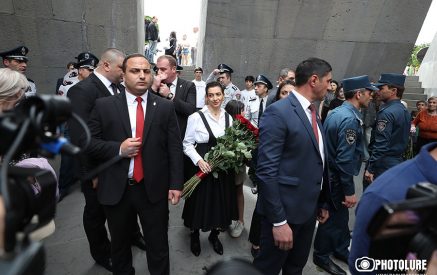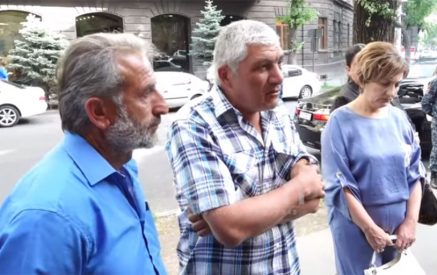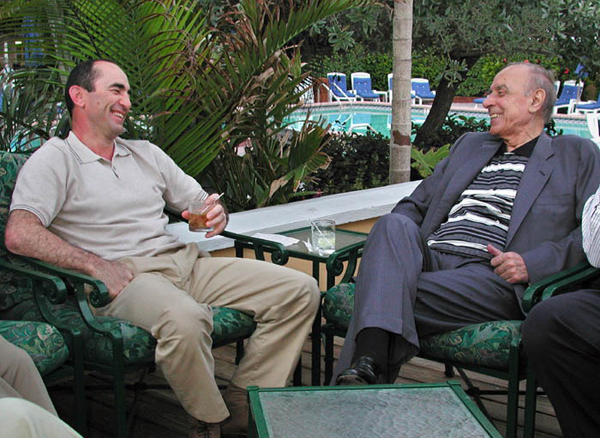It is proved by Kocharyan’s acceptable and negotiated “Common State” proposal
A few days ago, Yerkir.am received comments from the RA former President of Armenia Robert Kocharyan’s Chief of the Staff, Viktor Soghomonyan, pertaining to the events in Astana on May 29 and the subsequent events. “Accession to any international organization cannot justify the creation of barriers between Armenia and Artsakh. By Kocharyan’s perceptions, Nagorno-Karabakh constitutes an integral part of Armenia, and we all should strive for its ultimate legal corroboration,” mentioned Kocharyan’s speaker.
We already had the opportunity to remind that the Madrid principles, first, emerged under Robert Kocharyan’s tenure, with the amended versions of the peace plan introduced in Madrid on November of 2007. Today, we can continuously claim that by Robert Kocharyan’s perceptions “Nagorno-Karabakh constitutes an integral part of Armenia”, but being a leader of the country for ten years, and the president for the Karabakh settlement negotiations, he has had the opportunity to prove that he is the holder of these “perceptions”. In the meantime, if we view and compare Kocharyan’s negotiated and agreed upon proposals for the settlement, the picture, to put it mildly, is not so consolatory.
And this comparison can be easily conducted to prove that Kocharyan does not have a moral right to voicing estimations about his predecessor for lowering the “benchmark” in Karabakh negotiations, and now, for criticizing the Madrid principles or in response to someone’s position with regard to NKR, because Kocharyan, first, until 1998, had promised to regulate the Nagorno-Karabakh conflict by a package, “triumphant” version, and to establish an independent Karabakh on 8 thousand square km area. The 1997 by package and 1997 by phase versions of the Nagorno-Karabakh settlement known to the history and introduced to the parties, and the already the 1998 “Common State” version proposed under Kocharyan’s tenure were the then published in the Armenian press, as a whole. Since nowadays only six of the Madrid principles are revealed, then we can compare Kocharyan’s acceptable and negotiated proposal with the 1998 “Common State”, 1997 by package and 1997 by phase version.
Read also
First of all, let’s state that the “Common state” version was by phase, as opposed to Kocharyan’s allegations that the package solution is acceptable for him, and it was corroborating Azerbaijan’s territorial integrity, in contrast to the 1997 phase version, which did not have it, whereas with regard to defining the status of Nagorno-Karabakh, as compared to the 1997 package version, it was weakening the provisions on actual independence of Nagorno-Karabakh.
Thus, the 1997 package option implied consent of the parties pertaining to the statuses of Nagorno-Karabakh and the Lachin. The following approach of negotiations was adopted pertaining to the status of Nagorno-Karabakh. On the one hand, Nagorno-Karabakh’s actually obtained independence was ensured; on the other hand, Azerbaijan was allowed to formally restore its jurisdiction to Nagorno-Karabakh. This approach became known in diplomatic circles as a “de jure part of Azerbaijan, de facto independent state” resolution, in other word, on the one side, the principle of territorial integrity imposed by the international community was maintained, on the other hand, the NK’s factual determination was corroborated.
By the 1997 package documents, all parties in conflict were recognizing the territorial integrity and indestructibility of borders between Azerbaijan and Armenia. Then it was noted that Nagorno-Karabakh is a state and territorial formation in the composition of Azerbaijan and its determination would include the below-mentioned rights and privileges in a manner as they will be formulated in the agreement between the authorities of Azerbaijan and Nagorno-Karabakh, will be approved by the Minsk Conference and will be included in the Constitutions of Azerbaijan and Nagorno-Karabakh. As for the provisions pertaining to the Nagorno-Karabakh status, which were defining the actual independence of Nagorno-Karabakh, were the following: Nagorno-Karabakh will have its own constitution, which will be adopted by the people of Nagorno-Karabakh via referendum; it will gave its own flag, coat of arms and laws. The Constitution of Nagorno-Karabakh and its laws will be effective in the territory of Nagorno-Karabakh, whereas the laws and executive decisions of Azerbaijan will be effective in Nagorno-Karabakh territory, if they do not conflict with the Constitution and the laws thereof. Nagorno-Karabakh will independently form its legislative, executive, and judicial bodies; it will have a national guard and police forces. The Azerbaijani army, security forces, and the police will have no right to enter the premises of Nagorno-Karabakh without the permission by Nagorno-Karabakh authorities.
Now let’s go back to the 1997 phase version, with which preciseness of the statuses for Lachin and NK are postponed for an indefinite term, however, the three parties in conflict were signing a peace based on the aforementioned agreement on termination of Nagorno-Karabakh armed conflict. The meaning of the phase version was that by returning 6 Azerbaijani territories, the Armenian side was obtaining the consent by Azerbaijan and the entire international community on Nagorno-Karabakh’s actual integration to Armenia on Nagorno-Karabakh Autonomous Oblast (NKAO) and Lachin borders. This means that Karabakh people would continue using all of the rights like the citizens of Armenia, would use the Armenian passport and the Armenian currency, would serve, and be engaged in business in all institutions of Armenia. The agreement did not say anything about the time-period for the precise definition of the statuses, and it was done specifically for the purpose of postponing it for an indefinite time, since the negotiations can last 10, 20, 30, or 40 years. In the meantime, on the northern and southern borders of Lachin, as well as along the NKAO territory, it was planned to deploy various OSCE armed forces, which would ensure peace, would establish demilitarized buffer zones along the front, and would eliminate the blockades, and as a result, Armenia would have a direct railroad access to Russia, Iran, Azerbaijan, Turkey and other countries.
Now, let’s go back to the 1998 “Common State” proposal presented during Kocharyan’s presidential tenure. The “Common State” was a phase version, because this document was resolving only the statue of Nagorno-Karabakh, whereas the status of Lachin was left for the future. In other words, the definition of the status for Lachin, which is the most serious guarantee for the security of Nagorno-Karabakh, is moved to the second phase. If in the 1997 phase version, it was managed to avoid the principle of corroboration of Azerbaijan’s territorial integrity, then in the “Common State” versions, Nagorno-Karabakh was corroborated as part of Azerbaijan. The clause corroborating Azerbaijan’s territorial integrity was defined as following, “Nagorno-Karabakh is a state-territorial formation in the form of a Republic and constitutes a common state with Azerbaijan in the latter’s internationally recognized borders.” In addition, various clauses of this version defined Nagorno-Karabakh’s vertical subordination to Azerbaijan, i.e. the principle of actual independence of Nagorno-Karabakh was significantly weakened by the 1997 package version, by more closely connecting Nagorno-Karabakh to Azerbaijan. Thus, according to the “Common State”, Nagorno-Karabakh should have a national guard (security forces) and police forces that would be formed on a voluntary basis, while according to the 1997 package version, NK would have a National Guard and police forces, and the citizens of Karabakh would have the right to pass the service in the territory of Nagorno-Karabakh.
Next, according to the 1997 package version, Nagorno-Karabakh could have its independent representation in different countries, whereas according to the “Common State” version, it could act only operate through the representations of Azerbaijan. In other words, with this provision, NK foreign relations’ right was equaled to zero. Next, according to the “Common State”, Nagorno-Karabakh would form a free economic zone, have the right to its own currency issue, which will circulate equally with Azerbaijani currency issue, whilst according to the 1997 package version, Nagorno-Karabakh would form a free economic zone with “free circulation of currencies.”
The next most important fact is that by the “Common State” version, Armenia and Nagorno-Karabakh, in fact, were admitting the territorial integrity of Azerbaijan, since the authorities of Armenia had not made any reservations on this topic in their official response, being limited only to this wording, “they will refer to them in the course of negotiations”. Whereas in response to the 1997 package version, the official Yerevan stated that it does not accept the principle of Azerbaijan’s territorial integrity and does not recognize it a subject for discussion, whilst the 1997 phase version did not contain the principle of Azerbaijan’s territorial integrity at all.
A question may arise, in that case, why Azerbaijan rejected the “Common State” proposal, if it was so armenophile. The explanation is very simple. Azerbaijan’s appetite was bigger, and the expectations from Kocharyan were more. Later, we got convinced – the formation of the corridor linking Nakhchevan to Azerbaijan through Meghri became the subject for discussion and under Kocharyan’s tenure, the ill-fated “Meghri version” emerged.
If, above all, we add Kocharyan’s diplomatic “achievement” of dismissing Nagorno-Karabakh from the negotiation process, then we can be ascertained to what extent Robert Kocharyan’s “perception” for Nagorno-Karabakh as an integral part of Armenia was.
EMMA GABRIELYAN

